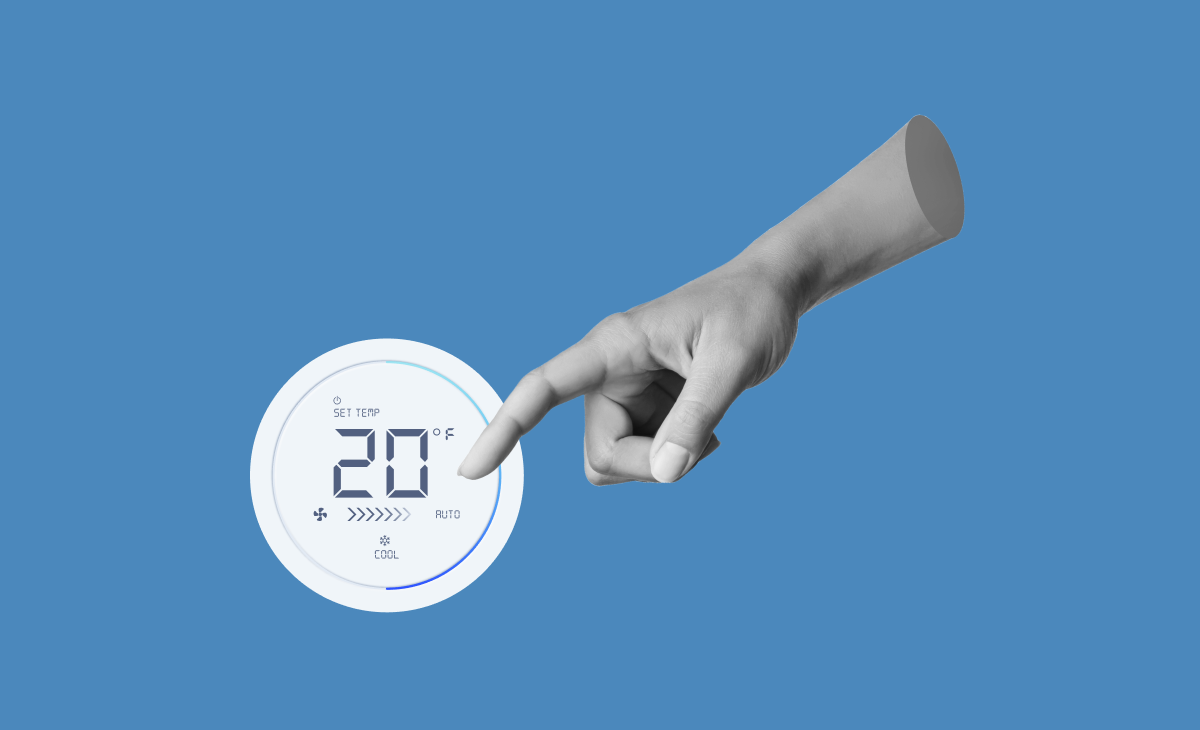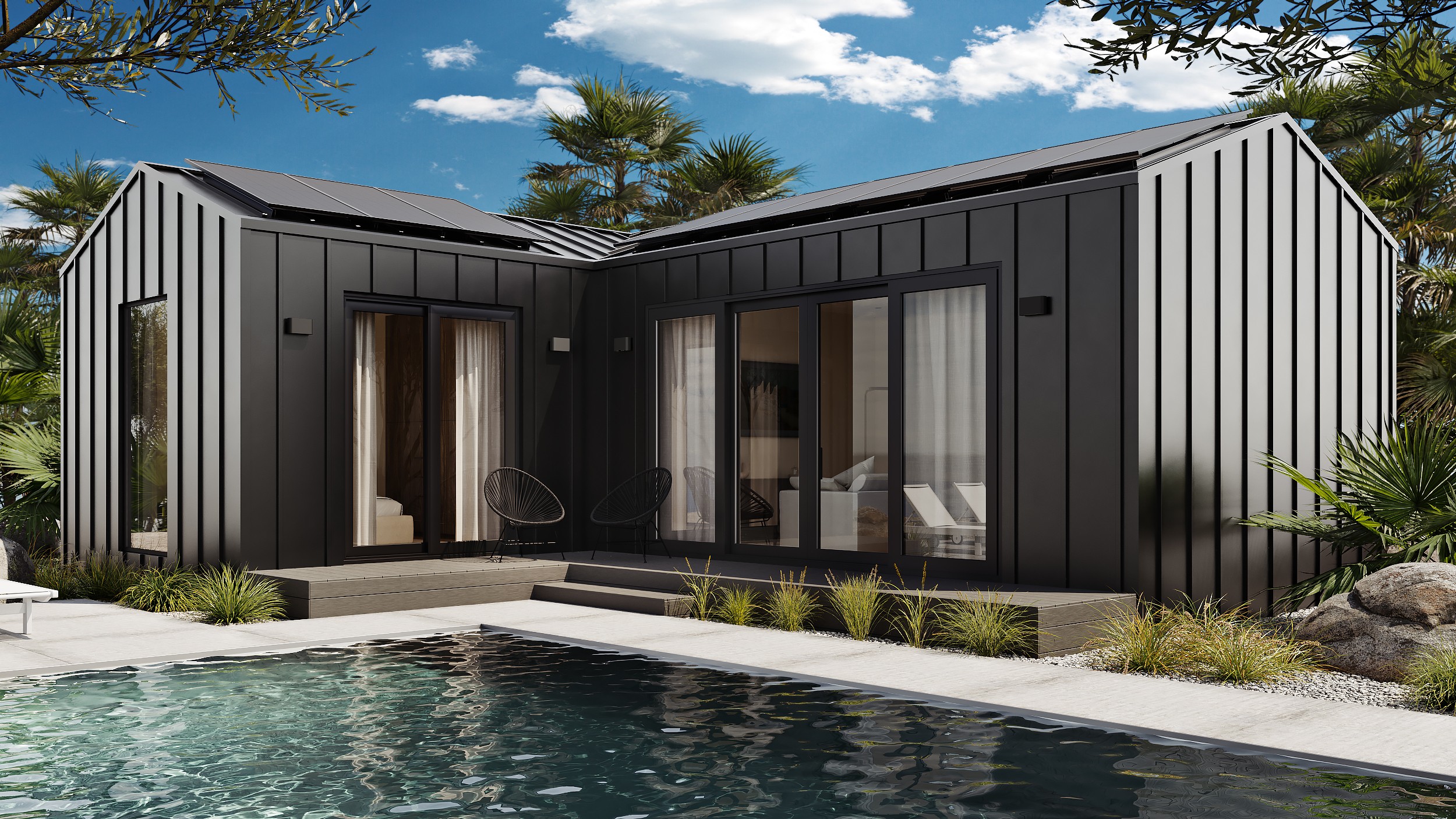Busting a thermostat myth

Some myths were made to be broken.
Otherwise, you risk wasting a lot of mental energy worried that Twinkies have an endless shelf life, it’s illegal to shout “fire!” in a crowded movie theater, and chewing gum will sit in your stomach for seven years.
We can waste a lot of energy (sorry) with home-based myths, too.
Namely, that dishwashing by hand uses less water than a dishwasher (it doesn’t), most heat is lost through the windows (it’s actually through the walls), and switching your lights on and off costs more energy than leaving them on (just… turn them off).
Which brings us to one of the most common home-based myths:
Keeping your thermostat at one steady temperature throughout the day costs less energy (and money) than adjusting the temp when you sleep or leave for work.
The theory is that a furnace or air conditioner works harder than normal to warm or cool the house back to a comfortable temp after the thermostat has been set back, leading to little or no savings.
Some call this bull
But the U.S. Department of Energy is more diplomatic, labeling it a “common misconception.”
A highly rigorous, completely unscientific review of other sources back this up. Joining the federal government in this opinion are organizations like the Sierra Club, Treehugger, CNET, a team of architectural and building systems engineers reporting for PBS, and some HVAC guys in Waldwick, New Jersey.
The truth is that keeping your house at its normal temp requires more energy than to heat it back to that temp after dialing the thermostat down.
Going back to grade-school science
Around the time your mother told you the myth that sitting too close to the TV will make you go blind, you might have also picked up an actual science-based fact: By nature, heat moves to places where it’s cold. So if your heat’s up, it’s constantly wandering from the inside to the outside of your house, even if your house is well-insulated.
A home loses energy more slowly once the temperature inside drops below normal levels. The longer the house remains cold, the more energy it saves compared to the energy lost when the heater is humming along at its typical temp.
The same principle holds for home cooling. The higher the air temp rises above normal levels inside your house, the slower it loses energy. That makes it easier to re-cool the home when you stumble out of bed or come home from work.
So we’ve learned what NOT to do
But what’s the actual best practice?
Energy.gov recommends a couple of sweet spots. Keep the thermostat in winter at about 68 degrees F when you’re home and drop it down to about 55 degrees before you go out or go to bed.
In the summer, try to leave the thermostat at around 78 degrees F. They also suggest setting it to 82 degrees F when sleeping and 85 degrees F when out of the house for maximum savings.
If you’re like me, you could never fall asleep in a room that’s 82 degrees. Which just means we’ll have to make our peace with higher energy bills.
Speaking of, Energy.gov also reports that a family that sets back its thermostat by about 10 to 15 degrees for eight hours a day while sleeping or out of the house can save 5 to 15 percent a year on home heating costs.
All of this is made easier with a smart thermostat, which we’ve covered in more detail before.
It’s the kind of smart-energy touch we’re adding to all our homes, listening to science, not our mothers, for advice.
Cheers,
Mike
Mike McAllister is head of story for Momo Homes.
Track the global transition to sustainable homebuilding.
Subscribe to the Momo Focus newsletter.






